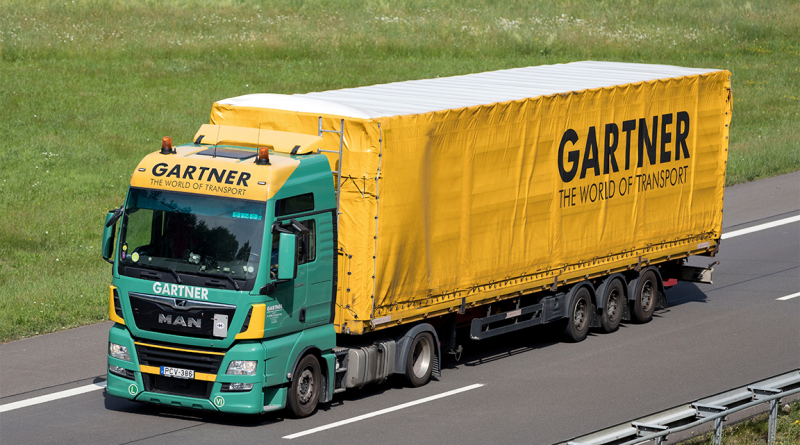Supply Chain Resilience: Tackling Labor, Capacity, and Energy Constraints
The supply chain industry is confronting a series of critical constraints that threaten long-term success. According to Gartner’s latest report, labor shortages, capacity limitations, and rising energy costs are among the top challenges faced by companies globally. Nearly 57% of supply chain executives cited the struggle to attract and retain qualified workers as a primary concern.
Capacity issues are equally pressing, with disruptions in warehousing and transport causing delays and inflated operational costs. In response, companies are ramping up technology investments, with 74% planning to increase spending on digital solutions to streamline operations. As energy prices continue to rise, firms are also exploring sustainable practices like energy-efficient logistics and renewable energy to reduce costs and maintain resilience.
Labor Shortages in Supply Chain Operations
Labor shortages continue to top the list of supply chain challenges. The pandemic triggered a wave of resignations across various industries, with logistics hit particularly hard. In 2023 alone, over 30 million workers in the U.S. left their jobs, contributing to operational inefficiencies across supply chains. Nearly 57% of supply chain leaders cite the difficulty in attracting and retaining workers as a primary concern.
To address this shortage, companies are adopting automation technologies to reduce dependency on human labour. Businesses are also focusing on upskilling and reskilling employees, with 41% investing in workforce training to handle advanced technologies. By improving working conditions and investing in tech-driven solutions, organizations can create more attractive roles that appeal to a modern workforce.
Capacity Limitations and Their Impact
Capacity limitations, particularly in warehousing and transportation, have also become a major hurdle. Supply chain bottlenecks have led to delays, missed opportunities, and inflated costs. Gartner’s research suggests that predictive analytics and digital supply networks are vital in overcoming these limitations.
The use of real-time data prevents stockouts and reduces excess inventory. Scalable and flexible systems ensure businesses can adapt to fluctuating demand, improving overall operational efficiency.
Energy costs are another growing concern in logistics, with rising fuel prices adding significant operational expenses. According to Gartner, businesses must adopt energy-efficient technologies to minimize these costs while also exploring renewable energy solutions.
Electric vehicles, optimized routing systems, and green warehousing are some of the strategies being used to tackle rising energy costs. By implementing these practices, companies can reduce their environmental impact while maintaining competitive operations in an increasingly sustainability-driven market.
As supply chains continue to face labour shortages, capacity limitations, and energy price volatility, organisations must take decisive action to build resilience. Gartner’s research indicates that 74% of companies plan to boost investments in digital solutions to address these challenges.
By adopting advanced technologies like automation and predictive analytics, businesses can streamline operations and reduce their dependence on manual labor. Moreover, as energy costs rise, sustainable practices such as green logistics and renewable energy are becoming indispensable for maintaining competitiveness.
Looking ahead, supply chain resilience will hinge on the ability to adapt to shifting market conditions. According to a recent report from S&P Global, demographic changes and climate factors will continue to pressure labor availability, prompting businesses to further integrate automation and innovation into their supply chains. By preparing for these future disruptions, organizations can safeguard long-term success and mitigate the risks that threaten operational efficiency.
Sources:
